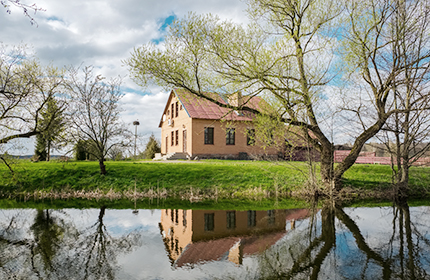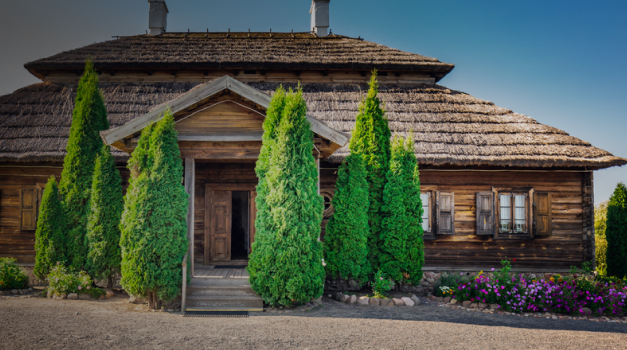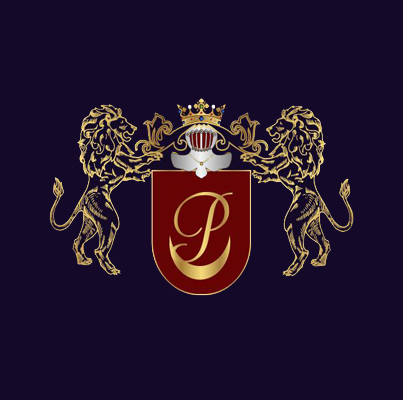History

Puslowski family
Lorem ipsum dolor sit amet, consectetuer adipiscing elit. Aenean commodo ligula eget dolor. Aenean massa. Cum sociis natoque penatibus et magnis dis parturient montes, nascetur ridiculus mus. Donec quam felis, ultricies nec, pellentesque eu, pretium quis, sem. Nulla consequat massa quis enim.
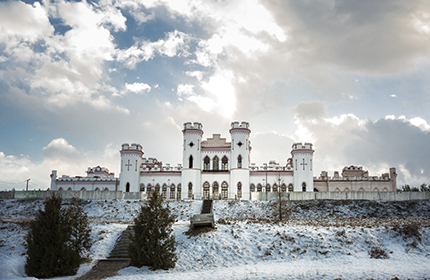
Kosava Castle
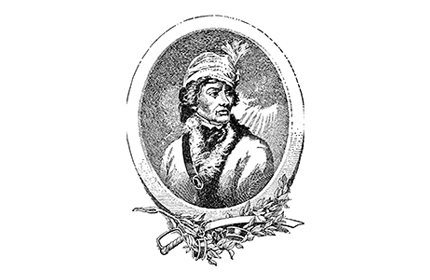
Kosciuszko of Siechnowicze family

Biography of Thaddeus Kosciuszko
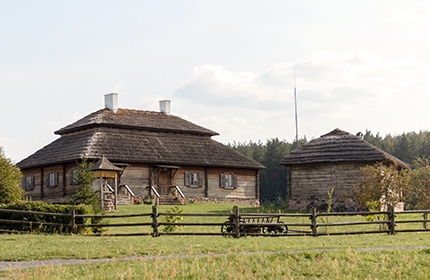
Memorial museum-estate named after Th. Kosciuszko

Holy Trinity’s Church
